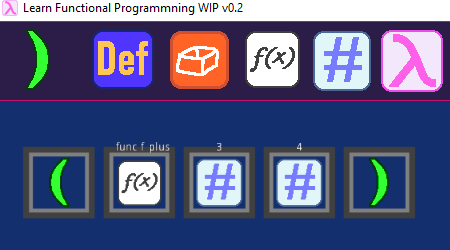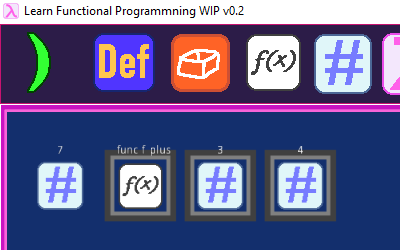Sometimes the logic in LFP gets a little complicated. Updating one part of the code could break another part of the code.
For example, when I added tokens that can’t be edited by the player, I had to make it so those tokens couldn’t be deleted by the player.

However, this made it so when you pressed “Evaluate”, which deletes any tokens it evaluates so it can show the result, any uneditable tokens wouldn’t be deleted and the game would get very confused.

To make sure new changes don’t break old features, it’s a good idea to retest everything every time you make a change. This is called regression testing.
Normally, this is really annoying to do, but it's very easy with Unit Testing. A unit test has three basic steps:
1) check the current state
2) run some function or feature
3) check the state again to make sure what you expected to happen actually happened
In the example above, I had a unit test that compares how many tokens there are before and after you delete a token. If something went wrong with deleting the token, the automated test can report that the number of tokens isn’t matching what it expects.
This means whenever you add a feature, you’re actually adding both a feature and a test for that feature.
This might sound like a pain, but once you write the test once, you can retest it as many times as you need. Every time you add one feature and one test for that feature, you can then run every test for every feature in your game. If every test passes, you can be confident your new feature didn’t break anything.
If you’re using Godot. I highly recommend Gut for unit tests. This tutorial shows you how to set it up. It's made working on LFP a lot easier for me!











0 comments